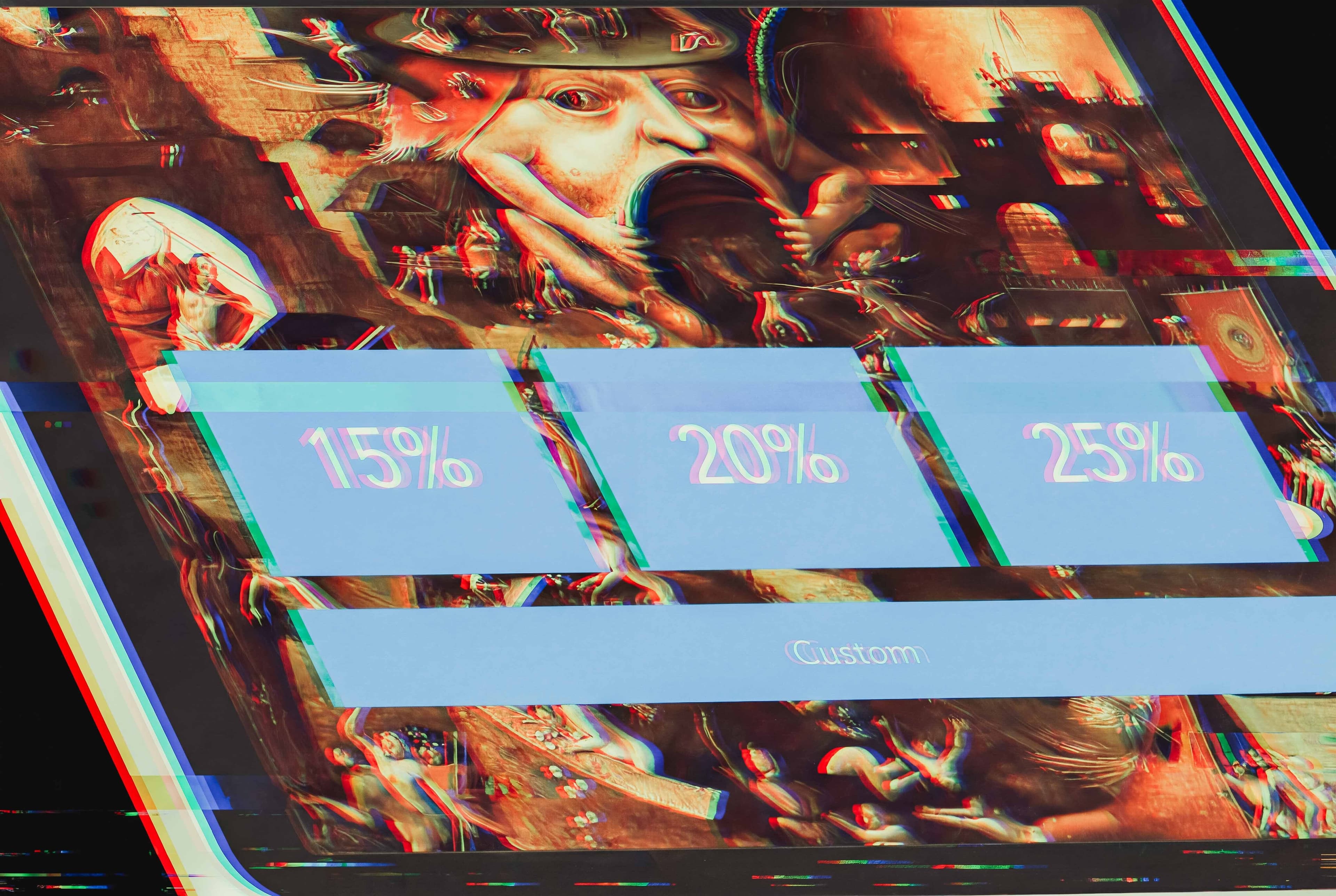
No, I'm Not Tipping YouJan 16
tipping culture has gone insane, and the ipads now ask for more money almost everywhere. how the hell did we get here and when will it stop?
Apr 8, 2024

When people ask me, “How do you build a high-performing engineering team?,” the answer is: I don’t. High performance engineering teams are downstream of culture, and a culture reigns supreme if it has internalized the primacy of winning. Because winning is what matters. I’m not talking about stock price or OKRs. I’m talking about fulfilling your mission, delivering outcomes, and going faster, higher, and further than anyone thinks possible.
What is a high-performing engineering team? A sufficient number of software updates per hour? Crazy impressive DORA metrics? Elegant code that puts the best Haskell poetry to shame? It’s none of these things. A high-performing engineering team wins.
JRock said it best: “Win win win win win, fuck everything else, win.” It’s obvious, but not enough people think this way. Engineers get caught up in how they want the world to work, how they’ve been taught the world should work, but they rarely understand how the world actually works. And you can’t win if you aren’t living in reality. It’s a natural human tendency to define the problem based on what you can win at, but that is the ultimate corruption. You have to take the red pill and see how far down the rabbit hole goes (18 years in, and I haven’t hit bottom yet).